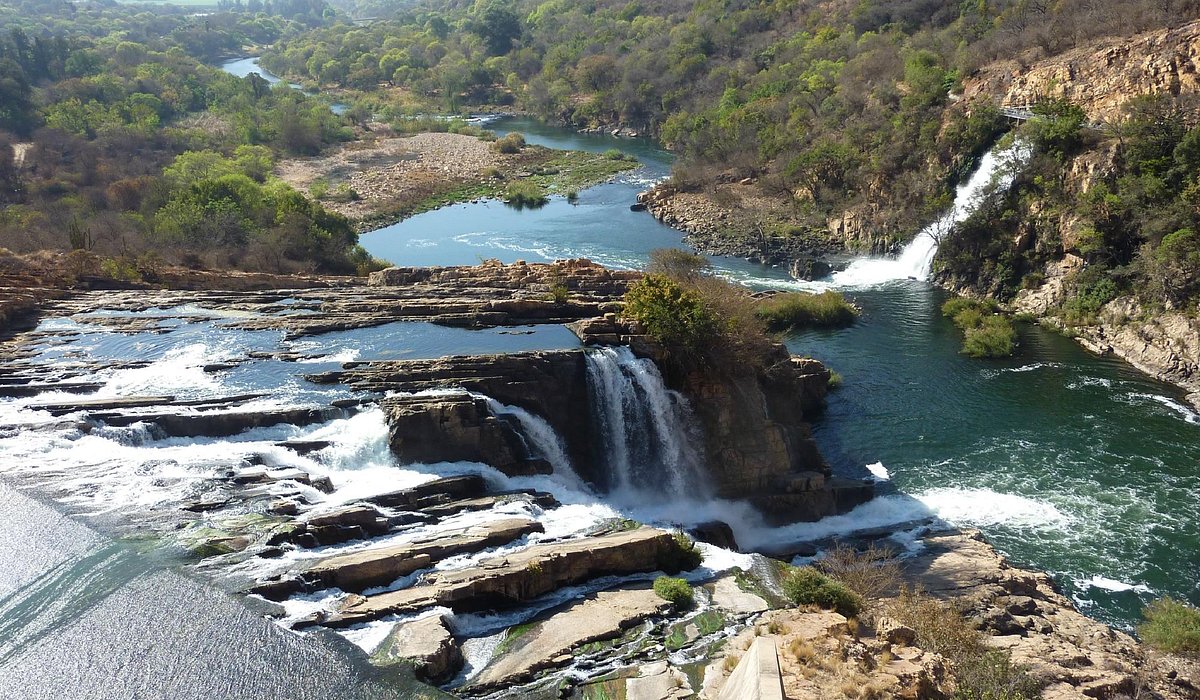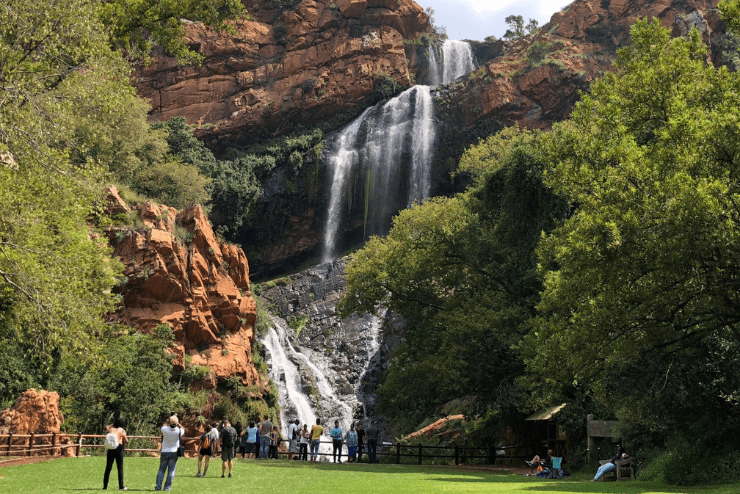All About Johannesburg North Attractions
All About Johannesburg North Attractions
Blog Article
The Only Guide to Johannesburg North Attractions
Table of ContentsSome Known Details About Johannesburg North Attractions Excitement About Johannesburg North AttractionsFacts About Johannesburg North Attractions RevealedJohannesburg North Attractions - QuestionsThe 5-Second Trick For Johannesburg North AttractionsThe Buzz on Johannesburg North Attractions
The city grew on the edge of the Witwatersrand Main Reef, a subterranean stratum of gold-bearing quartz-silica corporation that arcs for hundreds of miles beneath the Highveld - Johannesburg North attractions. Most of the gold mines in the city ceased operation in the 1970s, however in its day the Witwatersrand gold market accounted for even more than 40 percent of the world's annual gold manufacturing.Johannesburg has a pleasant environment. Summer temperatures balance about 75 F (24 C); winter months temperatures balance concerning 55 F (13 C) and only periodically dip listed below cold. The city appreciates concerning eight hours of sunlight per day in both winter season and summer season. Rain standards about 28 inches (700 millimetres) per year, but the total differs substantially from year to year.
What rain the city receives drops virtually specifically in the summertime, frequently in stunning late-afternoon electric storms. Air contamination positions a significant trouble, specifically in the wintertime months, when thermal inversions restrain the westward circulation of air from the Indian Sea. Contamination is most severe in the largely settled Black townships on the city's periphery, where several locals still count on coal for gas.

See This Report about Johannesburg North Attractions
The equilibrium of the city is inhabited by whites. Accommodation differs in personality and high quality.
Physical growth, although somewhat limited by transport, continued quickly as immigration to South Africa, and Johannesburg particularly, increased considerably. This issue was solved in the 1930s when the auto was presented in mass production to South Africa. Vehicles were, for the most component, constrained to the affluent, and permitted them to transfer to the north of the city and commute into the centre.
Many inadequate suburban areas were blended, with poor blacks and whites living with each other, although the rich residential areas were usually scheduled for whites. This transformed with the election of the National Event in the 1948 elections, that started to formalise the system called racism. Racism formally assigned which residential areas each race could stay in under the Group Areas Act.
The previous system of eleven numbered areas was reorganised in 2006. Marshalltown, as seen from the top of the Carlton Centre. The M1 and M2 run behind the web link buildings, and the southerly suburbs extend past the freeway border. The central city of Johannesburg is situated within the city's Area F. The approximated go to this web-site population of the area is 200,000, [] The number of individuals living in the internal city on an informal basis is unknown, as lots of are unlawful immigrants. Many higher-income locals and white people have actually transferred to the north suburbs and have been changed by lower-income black people. The unemployment, education and learning, and age accounts of the location are all unknown, due to the difficulty of getting dependable details about the area.
Not known Facts About Johannesburg North Attractions
Yeoville and Bellevue have a mix of home structures and single property systems on little lots. The area is located on a hilly divide that runs from east to west. The most noticeable geographical function is Observatory Ridge, which is called for the large observatory located on it. The entertainment spaces are no more used, due to safety and security issues.

The Ultimate Guide To Johannesburg North Attractions
R. Tambo International Flight Terminal). The eastern suburbs are a few of the oldest areas of Johannesburg, there are big areas of Jewish and other European backgrounds, most of the population is English speaking. There are 3 fairway in addition to a variety of safeguarded ridges with viewsites. There are a number of strong and up-market amusement and purchasing areas in the eastern such as the Eastgate Shopping Centre and the Greenstone shopping center.
The area is mainly composed of old "matchbox" residences, or four-room residences developed by the federal government, that were built to supply economical accommodation for black workers during apartheid. Soweto is an abbreviation, representing "South Western Townships". Road after road around is lined with matchboxes; nonetheless, there are a few smaller locations where thriving Sowetans have actually developed residences that are extra similar in stature with those in even more wealthy residential areas.
Hostels are one more prominent physical attribute of Soweto. Originally developed to house male migrant employees, many have been enhanced as residences for couples and households. The N1 Western Bypass skirts the eastern border of Soweto. The suburb was not traditionally permitted to develop work centres within the area, so practically all of its citizens are travelers to various other components of the city.
Getting My Johannesburg North Attractions To Work
The N1 Western Bypass links the north suburban areas with the north-western suburbs. The houses in the north suburban areas are generally formal, with no substantial areas of informal housing, or real estate that does not have an irreversible structure. This is a well established area, there is a trend of land use change from household to industrial, particularly along primary arterial roads and around established nodes.
The location is well linked to roadway networks, especially along the north-south axis developed by the M1 and N1. Roads to the eastern and read this west are much less well created, as there are no freeways taking a trip in that instructions. Towards the northern border of the city, the density of advancement lowers, leaving large locations of untaught land around Midrand.
Johannesburg North Attractions Fundamentals Explained
The initial residential area to the north of the central city is Parktown, which lies on a hillside forgeting the central city and Hillbrow. It has numerous affluent residents and Edwardian-style manors, along with the Education and learning and Medical campuses of the College of the Witwatersrand. The large concrete Charlotte Maxeke Johannesburg Academic Health Center controls the horizon of Parktown.
Report this page